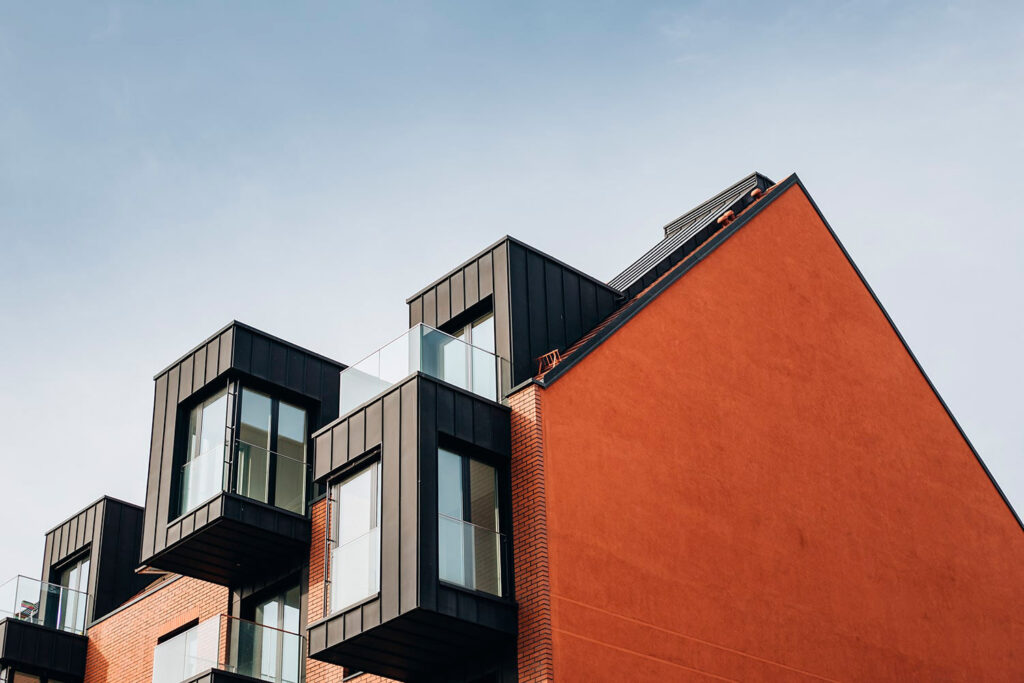
Designing for Wellness
In today’s fast-paced world, creating a space that nurtures well-being has become more important than ever. Interior design plays a crucial role in shaping our environment, and thoughtful design choices can significantly impact our physical and mental health. By incorporating elements that promote wellness, you can transform your home or office into a sanctuary that supports a balanced and healthy lifestyle. In this blog, we’ll explore how interior design can enhance well-being and offer practical tips for designing spaces that foster health and happiness.
1. The Connection Between Design and Wellness
a. Physical Health:
Design choices can affect physical health in numerous ways. Proper ventilation, natural light, and the use of non-toxic materials contribute to a healthier indoor environment. Ergonomic furniture and good posture practices can prevent physical strain and improve comfort. Additionally, incorporating elements that promote cleanliness and reduce allergens can lead to better respiratory health.
b. Mental Well-Being:
Interior design also impacts mental well-being. A well-designed space can reduce stress, increase productivity, and enhance mood. Elements such as color, layout, and natural elements can create a calming environment that supports relaxation and mental clarity.
2. Incorporating Natural Elements
a. Biophilic Design:
Biophilic design focuses on incorporating natural elements into indoor spaces. This includes the use of natural materials like wood and stone, as well as integrating plants and green walls. Biophilic design has been shown to reduce stress, improve air quality, and increase overall well-being.
b. Natural Light:
Maximize natural light by using large windows, skylights, or light tubes. Natural light helps regulate circadian rhythms, improves mood, and enhances productivity. If natural light is limited, consider using daylight-simulating lighting fixtures to mimic the effects of sunlight.
c. Indoor Plants:
Incorporating indoor plants not only adds aesthetic appeal but also improves air quality and promotes a sense of tranquility. Choose low-maintenance plants like snake plants, peace lilies, or pothos, which are known for their air-purifying qualities.
3. Creating a Relaxing Environment
a. Calming Colors:
Colors have a profound impact on mood and emotions. Soft, soothing colors like blues, greens, and neutrals create a calming atmosphere, making them ideal for relaxation areas such as bedrooms and living rooms. Avoid overly bright or harsh colors that may cause overstimulation.
b. Comfortable Furniture:
Invest in comfortable and ergonomic furniture that supports good posture and physical comfort. For relaxation areas, choose plush seating and cozy textiles that invite you to unwind. A well-designed lounge or reading nook can be a perfect retreat from daily stresses.
c. Sound and Acoustics:
Sound plays a crucial role in creating a peaceful environment. Use soundproofing materials or acoustic panels to reduce noise pollution. Incorporate soothing background sounds like water features or calming music to enhance relaxation.
4. Promoting Physical Activity
a. Active Design:
Incorporate design elements that encourage physical activity. For example, create spaces for exercise, such as a home gym or yoga area. Use adjustable standing desks in home offices to promote movement throughout the day.
b. Ergonomic Layout:
Design your space to encourage movement and reduce sedentary behavior. Arrange furniture to facilitate easy movement and create areas where you can stretch or perform light exercises. Ensure that your workspace supports healthy posture and reduces strain.
c. Outdoor Access:
If possible, integrate access to outdoor spaces such as patios or gardens. Outdoor areas provide opportunities for fresh air, exercise, and connection with nature, all of which contribute to overall well-being.
5. Enhancing Mental Clarity and Productivity
a. Organized Spaces:
An organized and clutter-free environment promotes mental clarity and reduces stress. Use storage solutions to keep your space tidy and functional. Incorporate organizational systems that suit your needs, such as shelves, drawers, or baskets.
b. Personalization:
Personalize your space with elements that inspire and motivate you. Display artwork, photos, or objects that bring you joy and reflect your personality. Personalization creates a sense of ownership and comfort, enhancing your overall experience in the space.
c. Functional Layout:
Design spaces with functionality in mind. Create designated areas for specific activities, such as work, relaxation, and hobbies. An efficient layout helps streamline tasks and reduces frustration, leading to increased productivity and satisfaction.
6. Prioritizing Sleep and Relaxation
a. Sleep-Friendly Bedrooms:
Design bedrooms with sleep in mind. Use calming colors, comfortable bedding, and blackout curtains to create an environment conducive to restful sleep. Ensure that the mattress and pillows are supportive and suited to your preferences.
b. Relaxation Zones:
Create dedicated relaxation zones within your home. These areas can include reading nooks, meditation spaces, or cozy corners where you can unwind and recharge. Incorporate soft lighting, comfortable seating, and soothing décor to enhance relaxation.
c. Aromatherapy:
Incorporate scents that promote relaxation and well-being. Use essential oil diffusers, scented candles, or incense to introduce calming fragrances into your space. Scents like lavender, chamomile, and sandalwood are known for their relaxing properties.
Conclusion


Designing for wellness involves creating spaces that support physical health, mental well-being, and overall comfort. By incorporating natural elements, creating relaxing environments, promoting physical activity, and enhancing mental clarity, you can design interiors that foster a healthier and more balanced lifestyle. Remember, your space should be a reflection of your needs and aspirations, providing a sanctuary where you can thrive both physically and mentally. Embrace the principles of wellness in your design choices, and create environments that nurture and uplift your well-being.
